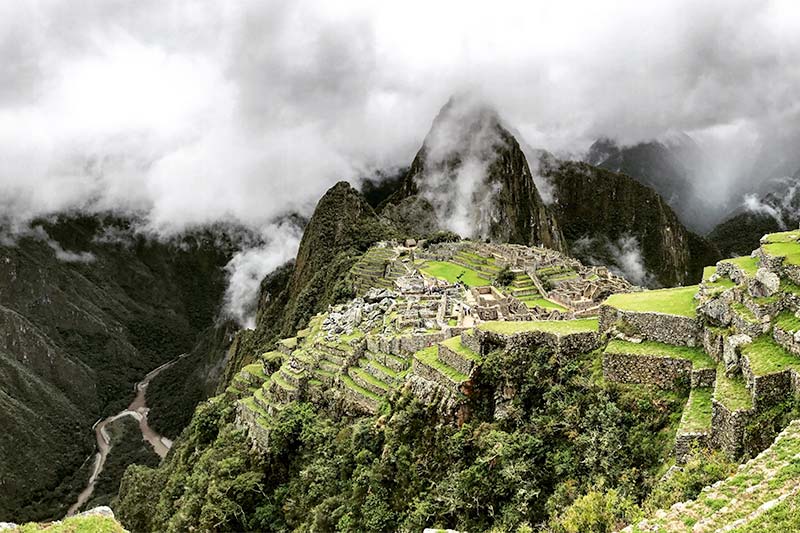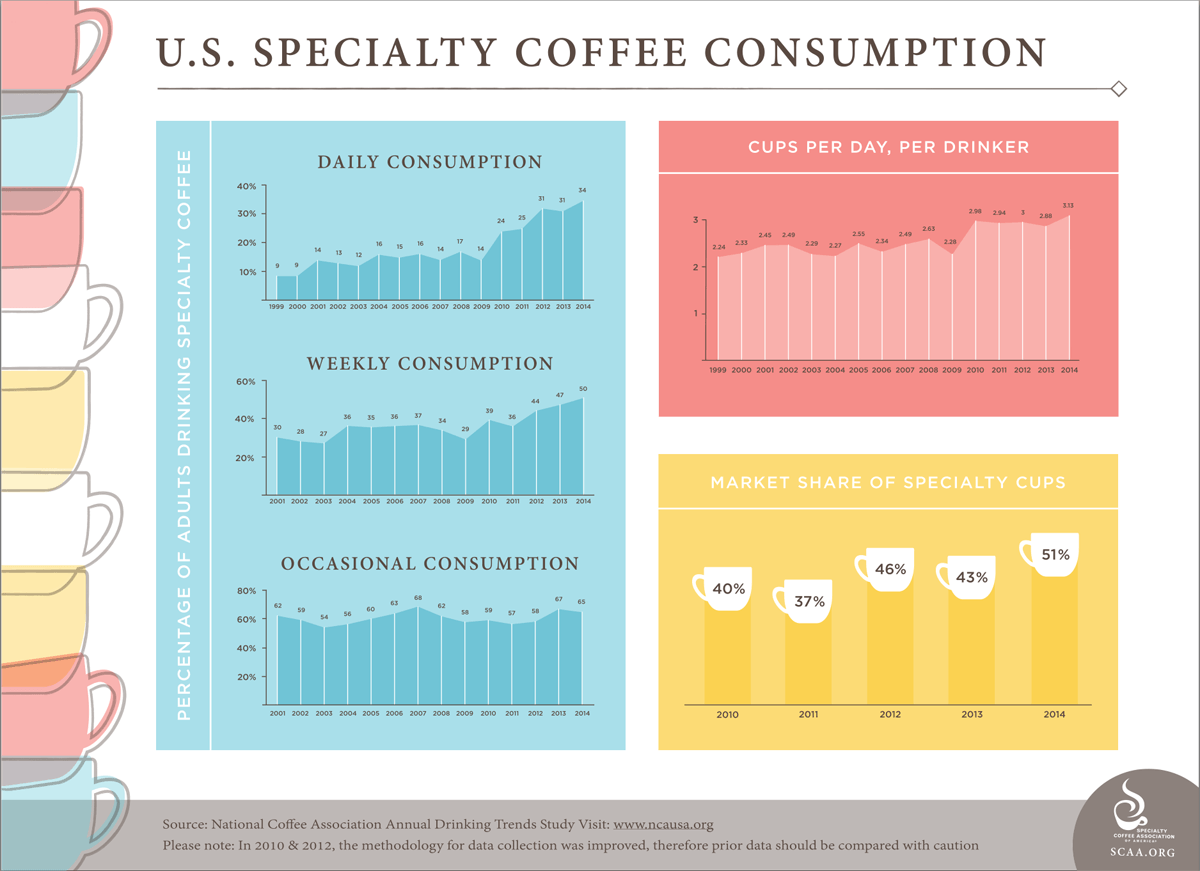Peruvian Coffee: Get To Know Your Coffee Origins

Despite being an oft-forgotten coffee producer, Peru’s not new to coffee growing, nor is it a small-scale player. In fact, Peru was the 10th largest coffee producer in the world in 2017, was one of the first countries in the Americas to receive coffee plants, and is generally regarded as a producer of exceptional beans. Peruvian coffee is no underdog—it’s country's history is worth exploring and its beans are worth enjoying. Let’s start with the history.
A History Of Peruvian Coffee
Peru began growing coffee pretty early for the region—around the mid-1700’s. We’re not exactly sure how it go there faster than to most of Central America, which was actually closer to the sources of the plants in the Caribbean. It’s a mystery. For most of Peru’s coffee history, however, the majority of the beans have been enjoyed locally. Though production grew steadily through the 1700’s and 1800’s, not really many beans were exported—and very few made it as far as the United States. The late 1800’s brought a terrible disease to Indonesia and the surrounding countries, decimating Asia’s coffee industry. As a result, European buyers began looking at other producers around the world to satisfy Europe’s insatiable demand for coffee, and they quickly found Peru.
Peru Goes Abroad
European investment in the first decade of the 1900’s enabled Peru’s already healthy coffee industry to expand and begin exporting beans at large scale. England also accepted over 2 million hectares of coffee growing land as payment for a defaulted loan and started plantation-like farms. Coffee quickly made up 60% of Peru’s exports and drove the nation’s economy. However, with the appearance of not one, but two World Wars, England eventually sold its land in Peru, which was distributed among thousands of local farmers. Farmers had more autonomy, but the commercial industry became less connected. The more rural farms no longer had large production systems in place to get their beans to market. Despite these challenges, many of which continue to this day, Peru’s coffee industry has continued to grow over the last several decades. It’s the #10 coffee producer in the world and the #5 producer of arabica beans. Like we said… not an underdog.
Peruvian Coffee Growing Facts
Peru’s relatively poor infrastructure has attracted a variety of organizations, funded by development groups, from around the world. As a result, Peru has become one of the world’s top producers of certified organic, Rainforest Alliance certified, and UTZ certified coffee. Nearly 30% of the country’s small-holders are also now belong to local co-ops. These partnerships help farmers, especially rural farmers, market their beans to a larger audience and receive better pay because of it. Though the high altitude of the Andes mountains, running right through Central Peru, provide optimal growing conditions for arabica coffee, there are also farms spread across the nation’s coastal plain—and even a few in Peru’s jungle region of the Lower Amazon Basin. There really aren’t many areas of the country that don’t grow coffee.
What Does Peruvian Coffee Taste Like?
Peru’s lower-altitude farms, like those found around the town of Nambale near the Peru-Ecuador border, tend to produce coffee with a mild acidity, medium body, and smooth notes of nuts, flowers, and gentle fruit. Once you go high into the Andes, like to farms surrounding Cusco and Machu Picchu, the coffee begins to feature a bright acidity, vibrant floral aromas, and a rich sweetness. These are more likely to be specialty-grade beans, and the ones we fight other roasters for. Those these two flavor profiles are fairly common, we’re also seeing a variety of extraordinary beans that go beyond these generalizations. They’re seemingly coming out of nowhere, but if you look a little closer, the explanation is clear: many growers that were once limited by poor infrastructure are now getting the chance to let their coffees shine for the international market. That excites us, and we can’t wait to find more of these stellar beans.
Peruvian Coffee At A Glance
- Flavor: Crisp acidity, medium body, vibrant floral aromas, rich sweetness.
- Processing: Washed
- Main Growing Regions: Amazonas, Ayacucho, Cusco, Huánaco
- Harvest: June to September





